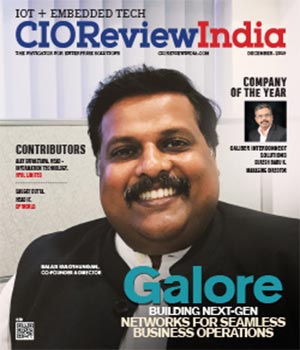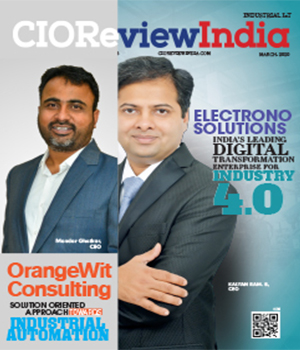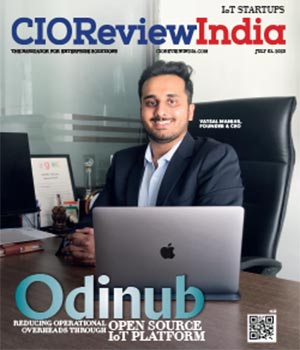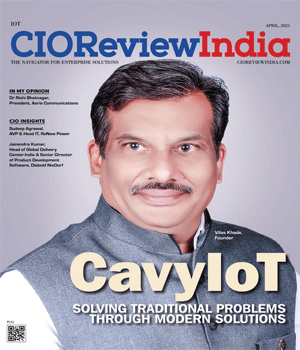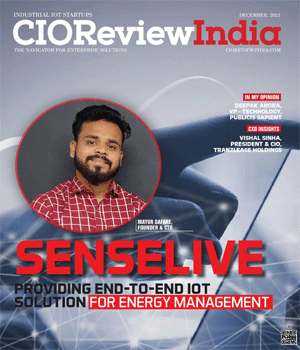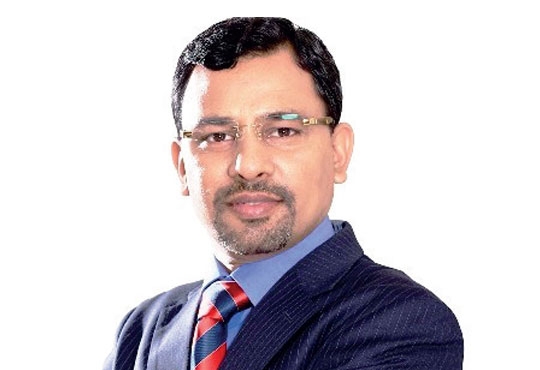
Internet of things (IoT) - a science fiction turned into reality touching human lives in real-time
Milind Kamat, CEO, Atos India
IoT as a new age innovation is gaining momentum and is all set to establish an intricate and complex web of relationship between Human-to-Objects, Objects-to-Objects, Objects-to-Humans, Machine-to-Machine and Machine-to-Human. This interconnected communication will work under the aegis of IoT and internet of everything. The Internet will no longer be merely a network of “human brain”, but will integrate real-life objects, sensors and physical activities.
The Internet has become a consumer-oriented. The number of connected devices is estimated to be anywhere from 20 billion to 100 billion by 2020. With these billions of everyday objects communicating with each other over the Internet has an enormous potential to change all of our lives. The impact on quality of life of connecting everything-to-everything will bring about a sea change in the way we live.
The vision of the IoT is to fuse the physical and digital worlds by bringing different concepts and technical components together. It aims to create a seamless network of billions of wireless identifiable objects that communicate with one another. This vision promises to create a new digital enabled ecosystem in which smart devices would be able direct their transport, adapt to their respec¬tive environments, self-configure, self-maintain, self-repair and eventually even play an active role.
Today, technological advances have brought this vision a step closer to reality. Small mobile transceivers are already finding their way into smart devices enabling new forms of communication, not only between humans, but between humans and objects and between the objects themselves. The enablers of IoT are Human beings producing data, smart devices, communication networks and cloud computing
Challenges in light of the opportunities
•Addressing and Tagging: The IoT should be able to tag or address about more than 50 to 100 trillion objects; most of them would be self-configuring objects that will maintain an interconnection, relationships traceability among them. The current IPv4 internet protocol is insufficient to address this challenge. The solution to this is the universal implementation of new IPv6 internet protocol, which is the new innovative internet platform of the future that has the auto-configuration capabilities that will help bootstrapping the connectivity of innumerous multiple objects to the Internet.
•Connectivity: Today connectivity is not consistent and often trips or goes missing, which is a grave risk and a challenge for IoT. Seamless connectivity in the IoT will have to be mostly wireless, using many possible solutions like the Wi-Fi, GPRS, 3G,WirelessHART, Zigbee, Bluetooth, adaptive ad-hoc network with mesh-routing capabilities etc., all of which holds promise to optimize communication with devices in the world of IoT.
•Openness and Data Model Standards: Currently, we have few working examples of connected objects like automatic meter reading, customer electronics, health check devices to name a few which rely on a vertical and closed ecosystem. The IoT envisages a more open ecosystem with challenges of uniform and universal standardization. If all connected objects and sensors were to be accessible in a more ‘open’ and ‘standard’ way, then, the same objects would have more than one ‘connected usage’ scenario. The open, wider and standard ecosystem is a good incentive for end users to exploit the opportunities, which in turn would be an incentive for service providers to develop new services using these objects.
•Security and Privacy (vs. Simplification): Security - is a key component used in the IoT, RFIDs, are susceptible to attack. Secure identifying protocols are being developed to counter these threats. An alternative is to provide tagged devices with unique UIDs. Privacy - is one of the main concerns that the IoT has to address Convincing users to adopt emerging technologies is the protection of data and privacy. The fact that in the IoT, a lot of data flows autonomously and without human knowledge makes it very important to have authorization protocols in place to avoid misuse of data. To promote a more widespread adoption of the technologies underlying the IoT, principles of informed consent, data confidentiality and security must be safeguarded.
•Computing Power: The real-time nature of the IoT is a big-time challenge with the amount of computing power required with 50 to 100 trillion objects in scope of data sharing. The desktop based contemporary computing models would be inadequate and inappropriate for ubiquitous computing. Widespread parallel systems capable of analytics performing magnitude of calculations would be required. Cloud computing is an answer in the offing which is the future of solutions.
The IoT is expected to drive the new digital era with new and emerging communication technologies. We have seen the current wave of disruptive nature of digital revolution and the advent and rise of IoT furthers this disruptive nature potential of IoT. Businesses and organizations will have to brave themselves to adopt and adapt this revolution in order to reap the associated benefits in terms of economic growth and individual wellbeing, thus making IoT work for People in-masse.
CIO Viewpoint
Why Foolproof Facial Recognition Is Key Against...
By Joseph Sudheer Thumma, Global CEO & MD, Magellanic Cloud
National Technology Day 2025: Powering Progress...
By CIOTech Outlook Team
Aligning IT Roadmap with Business Objectives: A...
By Subhash singh Punjabi, CISO & Head Enterprise Architecture, Deepak Fertilisers & Petrochemicals Corporation Ltd
CXO Insights
The Role of IoT in Achieving Sustainable...
By Rajesh Ramachandran, Global Chief Digital Officer, Process Automation, ABB
The Challenges and Relevance of OT Security in...
By Ambarish Kumar Singh, CISO, Godrej & Boyce Manufacturing Co.
4 Must Have IT Security Skill sets To Counter...



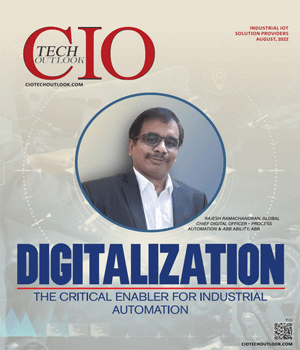
.jpg)
.jpg)
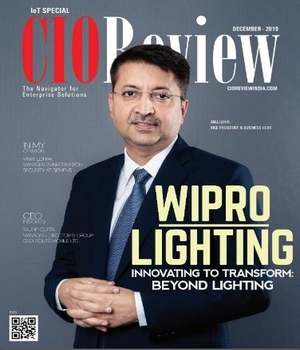
.jpg)
.jpg)
.jpg)
.jpg)
